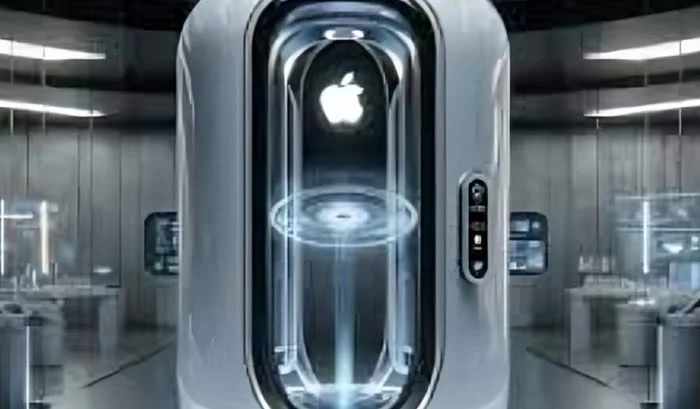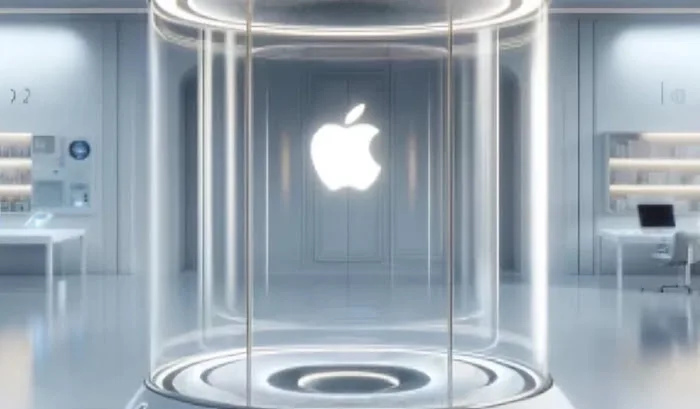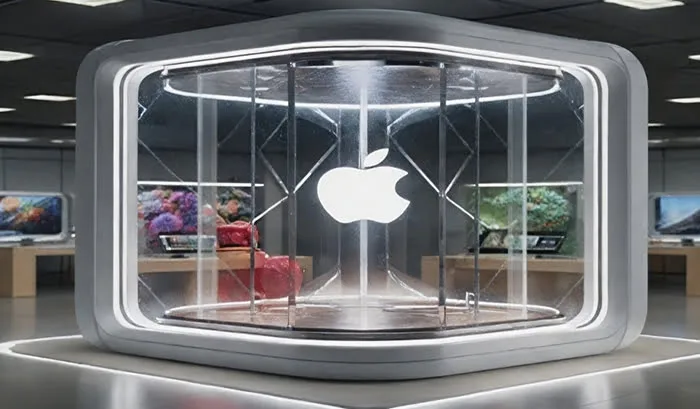Apple Teleport: Redefining Travel and Connectivity Forever
- 205 Views
- Discover News
- November 9, 2024
- Business
Imagine entering a device and then instantly coming out at your destination. Greetings from the Apple Teleport period, a ground-breaking invention that is expected to completely change the way we think about mobility in the digital age.
Because technology is developing so quickly, businesses like Apple are changing not only our gadgets but also how we travel and get about. Imagine a society in which people are not constrained by distance.
Prepare to investigate an innovative idea that has the potential to transform everything, from international logistics to your everyday commute. It is called Apple Teleport, and it is the movement’s future.
Table of Contents
ToggleThe Concept of Teleportation and its History

Since the idea of teleportation first surfaced in literature, it has been a mainstay of science fiction, capturing readers’ attention. From H.
From G. Wells’ “The Time Machine” to more recent motion pictures like “Star Trek,” it has stimulated interest in movement as well as creativity.
In the past, theories on the instantaneous transfer of matter and quantum physics have served as the foundation for teleportation. The foundation for further research was laid by early experiments that suggested particles might vanish from one place and return in another.
Our knowledge of space-time and its possible manipulation grew along with technological advancements.
How such occurrences can go from fiction to reality has been conjectured by theoretical physicists; this is an interesting problem that still motivates research today.
We are on the verge of maybe changing our perspective on connectivity and travel in our increasingly digital world as a result of Apple’s recent foray into this field with inventions like Apple Teleport.
How does Apple Teleport Work?

Apple Teleport is powered by innovative technology that combines cutting-edge internet with augmented reality. Imagine entering a virtual world where, with a few taps, you can quickly go to any place in the world.
Fundamentally, the system generates real-time 3D maps of environments using complex algorithms. Teleportation is smooth and easy to use because of a straightforward UI that allows users to choose their preferred destination.
After a decision is made, Remote Presence renders the surroundings in breathtaking detail using cloud computing power and high-speed internet. Without actually traveling, this enables immersive experiences that replicate real movement.
To guarantee interoperability and user-friendliness, the gadget syncs with Apple’s ecosystem, which includes Macs, iPads, and iPhones. While upholding safety procedures for safe location changes, notifications help users navigate the process.
Advantages of Using Apple Teleport for Movement
With its innovative approach to mobility, Apple Teleport completely changed the way we think about travel. The time savings is one significant benefit. Imagine being able to get at your destination in a matter of seconds, bypassing lengthy trips.
Convenience is an additional advantage. You can get anywhere with a few clicks on your device, removing the anxiety that comes with using more conventional modes of transportation.
The influence on the environment is equally substantial. Remote Presence has the potential to drastically lower carbon footprints by decreasing dependency on automobiles and aircraft.
Accessibility also significantly increases for people with mobility issues. Physical restrictions will no longer limit someone’s freedom of movement.
By reducing exposure to accidents and hazards that are frequently present in traditional transport systems, safety precautions built into Remote Presence guarantee safe travel. With every teleportation trip, the user experience is smooth and delightful.
Potential Impact on the Transportation Industry
In ways we are just now starting to comprehend, Apple Teleport has the potential to completely transform the transportation sector. Imagine living in a community with virtually no traffic. Time would be more important to commuters than distance.
As teleportation gains popularity, traditional cars may become less common. This change may result in lower emissions and less dependency on fossil fuels, which would be in line with international sustainability objectives.
There may be major changes in the logistics industry as well. Instantaneous transportation of goods boosts productivity and lowers expenses for companies.
Supply chains will undergo significant change, changing the way goods are delivered from producers to customers.
Furthermore, there would be a significant change in urban planning. In order to make cities more livable and incorporate green spaces into daily life, they might plan their areas around teleport centers rather than roadways and parking lots.
With Apple leading the way in this innovation, there might be fascinating and significant repercussions for many different businesses.
Concerns and Limitations
Even though Apple Teleport seems fantastic, there are some worries about it. Safety is one of the main concerns. Concerns regarding possible mistakes or accidents during the teleportation process are raised by the concept of instantaneous movement.
Privacy is still another important factor. There are concerns about data security and tracking when you have technology that can identify your location and quickly transport you. To what extent will users be able to manage their data?
Accessibility is another factor to take into account. Such cutting-edge technology might be out of reach for other people, which could lead to a greater divide between various socioeconomic classes.
Regulatory obstacles are a major concern. Before teleportation techniques and standards are widely used, governments will need to enact new legislation.
Businesses and consumers may have unexpected difficulties implementing this ground-breaking innovation in the absence of adequate oversight.
Future Possibilities and Development Plans
There are a lot of exciting possibilities for Apple Teleport in the future. We can anticipate improvements that will improve the teleportation experience as technology develops further.
Consider combining Remote Presence and Augmented Reality. Before they arrived, users could see where they were going. This immersive method would change the way we think about mobility in general.
Furthermore, teleport station expansion is essential. In metropolitan regions, key places could reduce traffic and provide accessibility for all users.
Apple’s research and development expenditures suggest that even more innovative features may be in the works.
Teleportation techniques could be powered by environmentally acceptable energy sources, supporting international sustainability objectives.
Working together with transportation authorities could make it easier to integrate into current public transportation networks, resulting in a hybrid model that encourages creativity while adhering to accepted travel conventions.
Conclusion
In an increasingly digitized world, the launch of Apple Teleport represents a daring step forward for mobility. It claims to completely change the way we think about communication and mobility by utilizing cutting-edge technologies.
For decades, teleportation has captivated people; it first appeared in science fiction stories before progressively making its way into scientific discourse.
Throughout history, the idea has sparked curiosity and inventiveness by challenging our conventional conceptions of distance and travel.
Efficiency is a major benefit. People can devote more hours to work or recreation when travel time is decreased.
Along with reduced carbon footprints linked to conventional modes of transportation, possible congestion reductions can have positive environmental effects.
By upending preconceived notions, remote presence has the potential to significantly alter the transportation sector.
If broadly embraced, it might force companies to reconsider logistics and change urban development strategies that are based on traditional transit infrastructure.
However, there are many worries about the ethical ramifications and safety procedures related to the use of teleportation technology.
Accessibility concerns arise: will everyone have an equal chance to use this service? And what protections will be put in place against abuse?
It is evident that movement, both mental and physical, is changing quickly in ways we are only now starting to comprehend as we stand at the cusp of change brought about by inventions like Apple Teleport.

